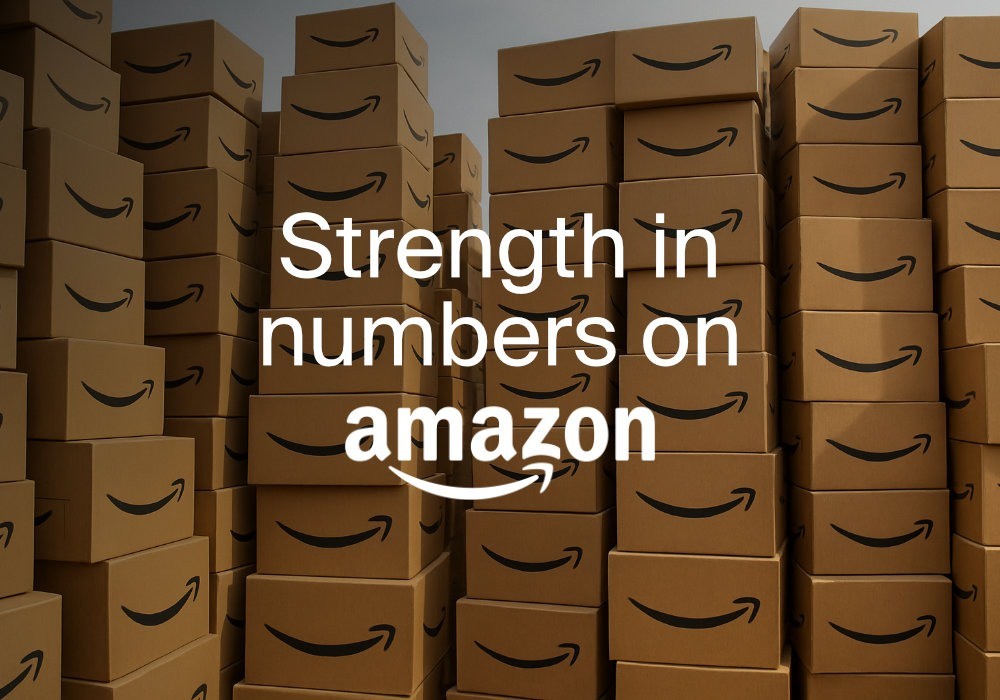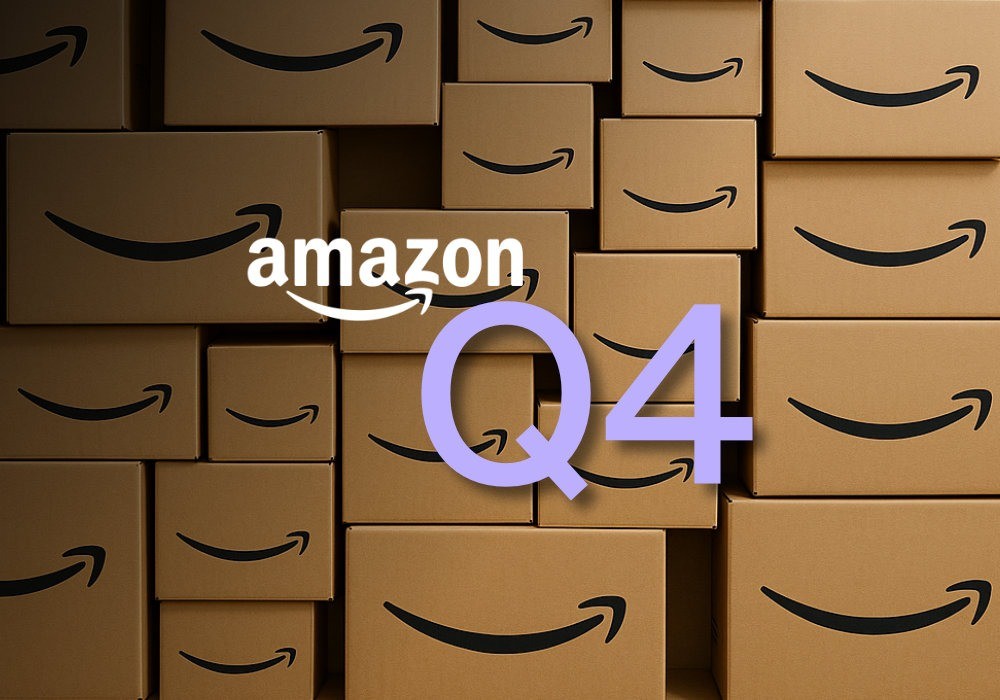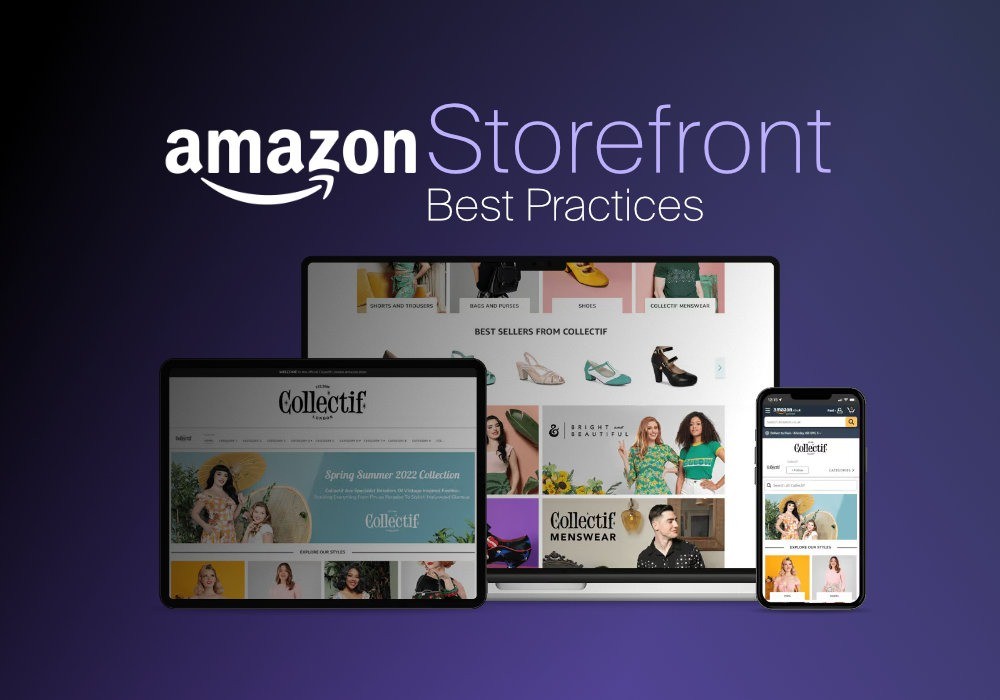Scaling an Amazon business can feel overwhelming when you’re small. Bigger competitors seem to have endless budgets, huge teams, and warehouse space, while you’re managing listings, ads, and orders yourself. But small sellers have one big advantage: agility.
You can move faster, test ideas quickly, and adapt to trends — especially during high-demand periods like Q4, Prime Day, Black Friday, and Christmas. With the right structure and habits, you can grow steadily without losing control of costs. Here’s how to scale your Amazon business smartly and prepare for every opportunity the busy season brings.
Step 1: Strengthen Your Operational Foundation
Scaling doesn’t start with ads or new products — it starts with a solid operational system.
Actions to take:
- Centralise your processes: Use a single dashboard (like Amzigo) to monitor sales, reviews, inventory, and campaign data.
- Track key metrics: Conversion rate, review growth, TACoS, and stock coverage are your performance indicators.
- Automate what’s repetitive: Review requests, inventory alerts, and reporting can all be automated to save time.
- Streamline fulfilment: If FBA is your main model, maintain at least 45–60 days of stock on hand and plan replenishments around seasonal peaks.
- Prioritise customer experience: Fast responses, clear instructions, and proactive support increase repeat orders and protect your account health.
A scalable operation is one where growth doesn’t create chaos — it runs smoother as volume increases.
Step 2: Optimise Listings For Maximum Conversion
You can’t scale what doesn’t convert. Before you chase growth, ensure every product page sells effectively.
Checklist for optimised listings:
- Titles: Include brand, main keyword, and unique benefit within 150–180 characters.
- Images: At least 7 high-quality images, including lifestyle, infographic, and close-up detail shots.
- Bullets: Write clear, benefit-led bullets that answer buyer objections.
- A+ Content: Add comparison charts and highlight why your product stands out.
- Mobile performance: Review your listing on mobile — most Amazon traffic is mobile-first.
Improving conversion is the fastest and cheapest way to grow sales without increasing spend.
Step 3: Use Automation To Scale Faster
Manual work limits growth. Automating small daily tasks saves time and builds consistency.
Where automation helps most:
- Automated review requests: Use Amzigo’s Automated Review Centre to send compliant “Request a Review” messages for every order.
- Inventory alerts: Track low-stock items before they sell out.
- Performance reports: Get daily summaries of key metrics to make faster decisions.
Automation allows small sellers to operate with the efficiency of larger businesses — without hiring more people.
Step 4: Take Advantage Of Seasonal Events
Amazon’s biggest sales events are built for growth. If you prepare well, Prime Day, Black Friday, Cyber Monday, and Christmas can generate months of revenue in just a few weeks.
How to maximise each event:
- Prime Day: Treat it as a “mid-year mini Q4.” Run small coupons or bundle promotions to boost visibility and rank.
- Black Friday & Cyber Monday: Ramp ad budgets slightly, focus on top-converting keywords, and prepare fresh imagery that shows giftability.
- Christmas: Update bullets and A+ content with phrases like “Perfect Gift” or “Great For The Holidays.” Keep packaging clean, gift-ready, and well-stocked through mid-December.
- Post-Christmas: Leverage January’s gift card and returns season by running light deals to clear stock while maintaining momentum.
Seasonal events don’t just boost sales; they create ranking lift and long-term customer discovery.
Step 5: Scale Product Range Strategically
More products don’t always mean more growth — focus on complementary items that share your existing audience.
Actions to take:
- Identify cross-sell opportunities (e.g. a gym water bottle → protein shaker → gym towel).
- Use data from your top sellers to guide expansion — what keywords convert best? What features customers mention most in reviews?
- Launch new variations (colour, size, bundle) before Q4 to catch additional traffic.
- Test new listings with small inventory batches before scaling production.
Thoughtful product expansion builds resilience and smooths seasonal fluctuations.
Step 6: Invest In Advertising The Right Way
Small sellers can’t outspend big brands — but they can out-target them.
Smart ad tactics:
- Start with Sponsored Products targeting exact and phrase keywords.
- Expand into Sponsored Brands or Video for visibility once conversion data is strong.
- Review search term reports weekly: pause wasteful keywords and double down on profitable ones.
- Watch TACoS instead of just ACoS — lower TACoS over time means ads are lifting organic sales.
- During Q4 events, scale spend gradually, not suddenly. Sudden bid jumps can spike CPCs unnecessarily.
Well-structured campaigns give you visibility without draining cash flow.
Step 7: Build Trust Through Reviews
As your business scales, credibility becomes your competitive edge. Reviews not only drive conversions but also strengthen your long-term position.
Actions to take:
- Automate review requests with Amzigo’s Automated Review Centre for every order.
- Respond to negative reviews professionally to show transparency.
- Monitor review growth monthly — aim for consistent, steady increases.
- Use inserts for instructions and support (never incentives) to improve buyer experience.
More reviews mean stronger trust, higher rankings, and easier scaling across new markets.
Step 8: Track, Measure, And Refine
Growth isn’t about guessing — it’s about testing, analysing, and improving.
Weekly habits to adopt:
- Review conversion rates and TACoS.
- Check inventory coverage and restock alerts.
- Update one listing element (image, bullet, or A+ section).
- Track review velocity and rating stability.
Small, consistent improvements compound into lasting growth.
Key Takeaway
Small Amazon sellers can scale successfully by focusing on strong operations, consistent optimisation, automation, and smart seasonal planning. Use major events like Prime Day and Q4 promotions to build visibility and long-term ranking momentum — not just short-term spikes.
With Amzigo’s Automated Review Centre, Product Analysis Dashboard, and Inventory Alerts, even the smallest seller can operate like a pro, staying organised, consistent, and ready to grow.



